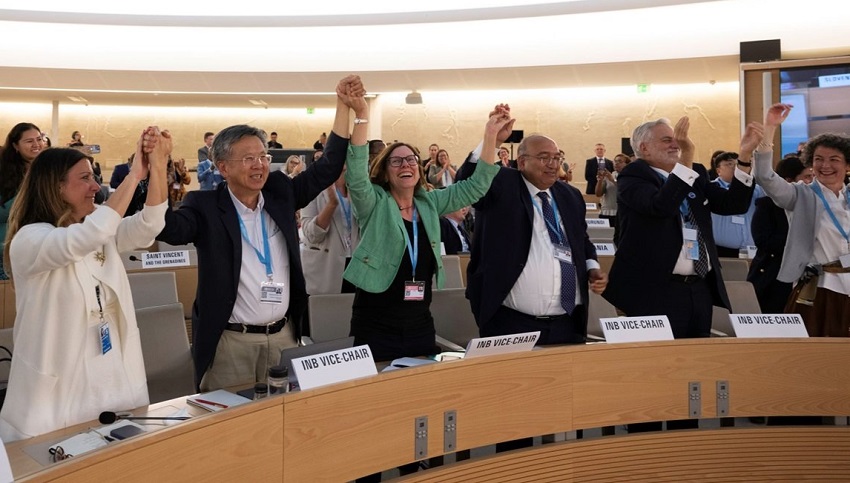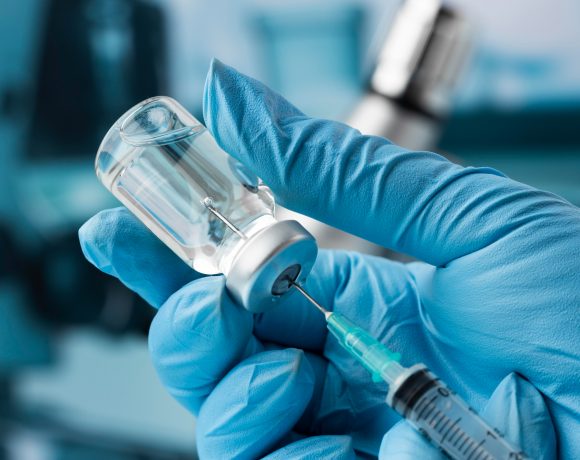
World Health Assembly Adopts Historic Pandemic Agreement to Strengthen Global Health Security
The 78th World Health Assembly, convened in Geneva on May 20, 2025, has adopted a landmark Pandemic Agreement aimed at ensuring a more equitable and coordinated global response to future health emergencies. This historic decision comes in the wake of lessons learned during the COVID-19 pandemic and seeks to address the longstanding disparities in global health infrastructure and response capabilities.
Key Objectives of the WHO Pandemic Agreement
The agreement lays down a framework focused on three primary pillars:
- Equitable Access: Ensuring fair distribution of vaccines, diagnostics, and treatments, especially for low- and middle-income countries during health crises.
- Stronger Health Systems: Building global capacity to detect, report, and respond to emerging infectious threats swiftly.
- Transparency and Data Sharing: Promoting timely exchange of scientific data and genomic information to support global decision-making.
WHO Director-General Dr. Tedros Adhanom Ghebreyesus described the agreement as a “victory for science, solidarity, and public health.”
Introduction of the PABS System
A central feature of the agreement is the Pathogen Access and Benefit Sharing (PABS) mechanism. Under PABS:
- Member states must share pathogen samples and related genetic data with the WHO.
- In return, manufacturers will commit to allocate 20% of pandemic-related supplies—10% as donations and 10% at affordable prices—for equitable global distribution.
This is aimed at avoiding the vaccine hoarding and nationalism seen during the early phases of COVID-19.
National Sovereignty Affirmed
To allay fears of overreach, the agreement explicitly states that the WHO cannot impose lockdowns, mandate vaccinations, or enforce any domestic policy in member countries. Each nation retains full authority over its health measures, and participation in the agreement does not compromise national sovereignty.
Global Endorsement and U.S. Absence
The agreement was adopted with support from 124 countries, while 11 abstained. The United States, notably, did not participate in the vote due to its withdrawal from the negotiation process under a previous administration. For the agreement to come into effect, at least 60 countries must ratify it domestically, following the finalization of the PABS annex within the next year.
Reactions and the Road Ahead
The global health community welcomed the move as a long-overdue step toward multilateral pandemic readiness. Public health experts have called for urgent ratification and implementation to ensure the agreement doesn’t remain symbolic.
The agreement is seen not just as a treaty, but as a global commitment to prioritize public health, collaboration, and equity over narrow national interests in future pandemics.


















